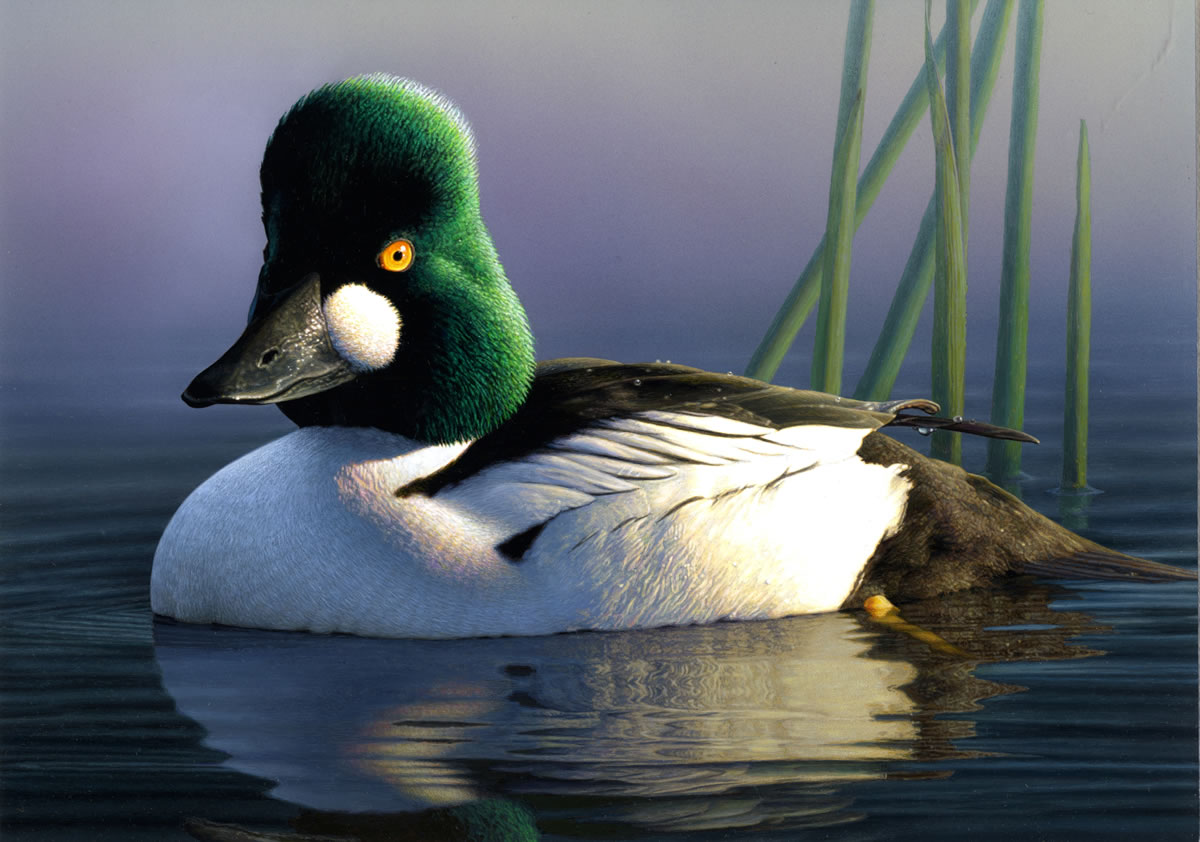The U.S. Fish and Wildlife Service preliminary report on North American breeding ducks estimates a record population of 48.6 million, up from 45.6 million last year and 43 percent above the 1955 to 2010 long-term average.
Ducks had a record production year in Washington last year and the good news didn’t end there.
“It looks like another good year for waterfowl,” said Don Kraege, state Fish and Wildlife waterfowl manager. “We have higher numbers again this year, so it could be another record year.”
Geese are on the upswing, too.
Although mild weather last winter delayed the arrival of the northern ducks, the statewide harvest was still 12 percent higher than in 2010.
Waterfowl counts in Alaska and northern Alberta both had big increases this year as well as southern Alberta, which is another important area to the Pacific Flyway.
Last year, production in those places was down in the 20-30 percent range, but has bounced back.
Here’s a summary of North America breeding ground population surveys by the U.S. Fish and Wildlife Service.
Mallard: totaled 10.6 million ducks, a 15 percent increase over last year and a 39 percent increase over the long-term average.
Widgeon: increased 3 percent from last year, but remains 17 percent below the long-term average.
Teal: green-winged and blue-winged: numbered 3.5 million and 9.2 million, 20 percent and 3 percent, respectively, above last year – both above long-term averages by 74 percent and 94 percent.
Gadwall: increased 10 percent above last year’s estimate, and 96 percent above the long-term average.
Pintail: numbered 3.5 million, down 22 percent from last year’s estimate, and 14 percent below the long-term average.



